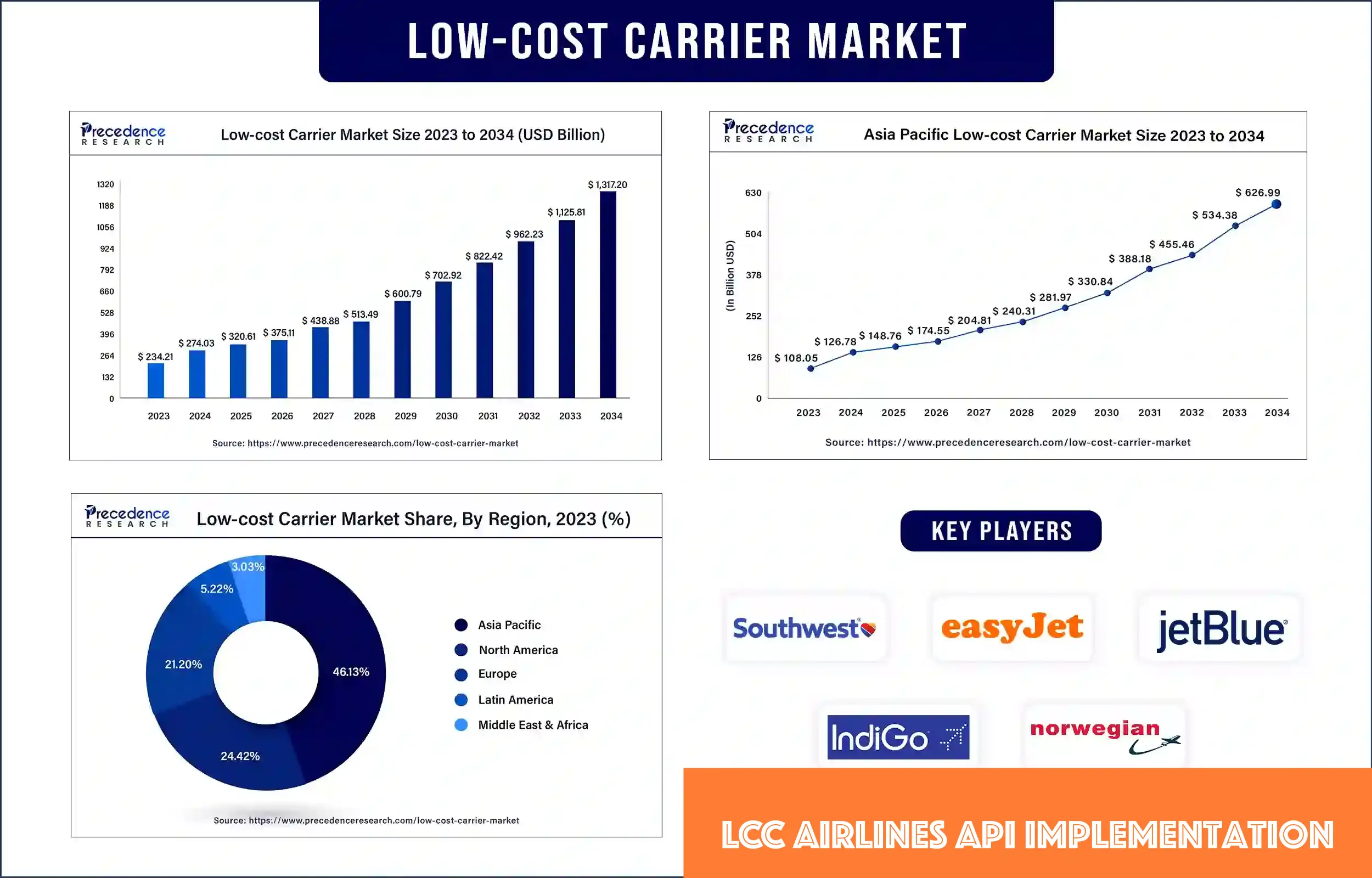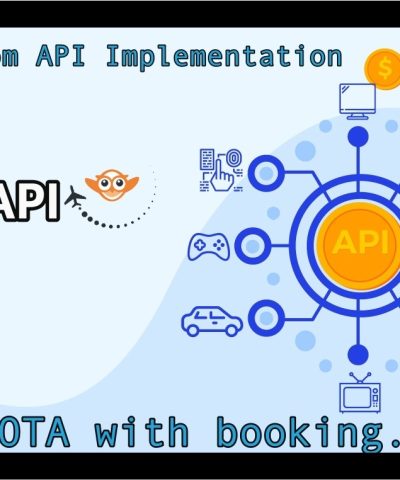Description
LCC Airlines API
An “LCC Airlines API” typically refers to an Application Programming Interface (API) that offers access to flight content, schedules, and booking functionalities for Low-Cost Carriers (LCCs). Unlike traditional Global Distribution Systems (GDS) that aggregate inventory from numerous full-service carriers, LCCs often utilise their own direct APIs for distribution to third-party platforms.
LCC Airlines API Implementation
-
Direct Connectivity:LCC APIs provide a direct connection to the airline’s inventory and systems, potentially offering real-time availability and pricing information.
-
Cost Efficiency:By bypassing GDS fees, Low Cost Carrier (LCC) APIs offer a more cost-effective solution for travel agencies and online travel agencies (OTAs) specialising in low-cost air travel.
-
Specific Content:These APIs offer access to the unique fare rules, ancillary services (such as baggage and seat selection), and promotional offers tailored to each Low Cost Carrier.
-
Streamlined Booking:These platforms enable the search, booking, and management of LCC flights directly.
-
Automation:
LCC APIs automate the process of accessing and managing LCC content, minimising manual tasks and the risk of errors.
Integration Considerations:
-
Multiple Integrations:Businesses seeking to provide a diverse range of LCC options may need to integrate with multiple individual LCC APIs, as a single, universal API for LCCs is not commonly available.
-
API Providers/Aggregators:Some technology providers specialise in aggregating LCC content through their own APIs, simplifying the integration process for businesses.
-
Technical Expertise:Integrating with LCC APIs requires technical expertise in API consumption and data handling.
Our organizer is: Airways Office | Travelzoo BD Ltd | zoo Info-Tech | Travel News BD | zooFamily



